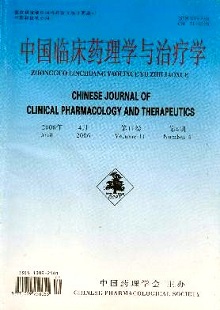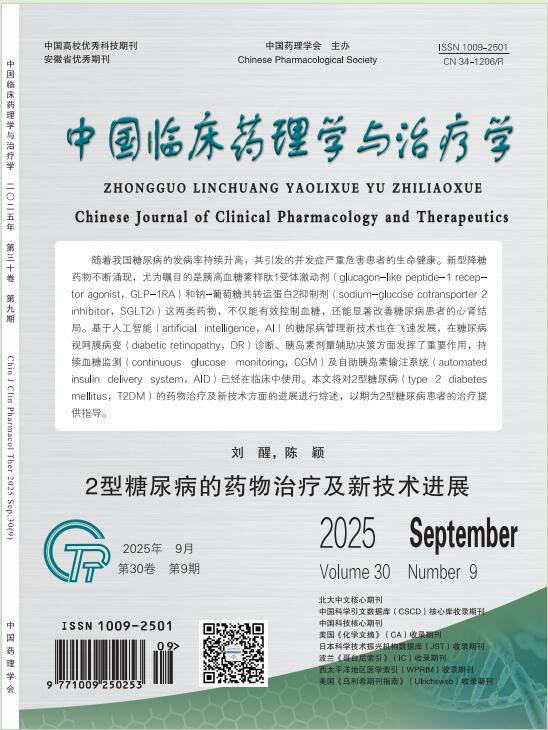CPU86017 and its enantiomers inhibit abnormal gene expression of calcineurin and NFκB in rat cardiomyopathy induced by L-thyroxin
QI Min-you, XIA Hui-jing, DAI De-zai, TANG Xiao-yun, SU Wei, ZHANG Can
2006, 11(4):
392-397.
 Asbtract
(
127 )
Asbtract
(
127 )
 PDF (265KB)
(
223
)
References |
Related Articles |
Metrics
PDF (265KB)
(
223
)
References |
Related Articles |
Metrics
AIM: To investigate the CPU86017 and its enantiomers inhibit abnormal gene expression of calcineurin and NFκB in rat cardiomyopathy induced by L-thyroxin and compare the effect of CPU86017 (racemate) with its 4 enantiomers:(7S, 13R), (7S, 13S), (7R, 13S), and (7R, 13R)-CPU86017 in this model. METHODS: The animals were randomly divided into 7 groups.The rat hypertrophied model was produced by treatment with L-thyroxin 0.2 mg·kg -1 ·d -1, sc for 10 d and treated with CPU86017 or its enantiomers 4 mg·kg -1 ·d -1, sc from d 6 to d 10.The changes in left ventricular (LV) weight index, redox system, and the NO and iNOS activity in the myocardium were investigated.The expression of mRNA of calcineurin 、NF-κB in the left ventricle was measured.RESULTS: There were significant cardiac hypertrophy and oxidative stress in rats treated by L-thyroxin.The expression of calcineurin, NFκB mRNA were upregulated (P <0.05, compared with that of control).After treatment with CPU86017 (racemate and enantiomers), LV remodeling and the redox system were improved.CPU86017 and (7S, 13R)-CPU86017 showed a better improvement on LV remodeling and the redox than the other isomers and restored the normal expression of calcineurin, NF-κB (P <0.05, P <0.01), respectively.CONCLUSION: It suggested that an up-regulation of calcineurin and NFκB possibly related to the altered intracellular calcium handling system plays a role in the progression of L-thyroxin induced cardiomyopathy and CPU-86017 and its 7S, 13R-CPU86017 enantiomer effectively inhibit the abnormal expression of calcineurin and NFκB genes, the NOS enzyme and oxidant stress in the cardiomyopathy.


